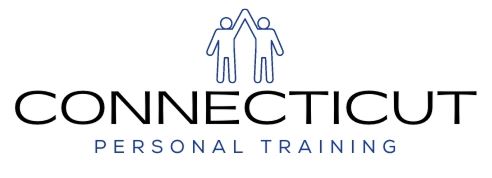The first consideration when deciding whether to do cardio or resistance training should be a goal. Is the goal weight loss? Is it to gain mass? Or is it to simply stay fit for everyday activities in life? The goal must be figured out. Both cardio and resistance training can provide many benefits for several goals, but one modality may be better than the other depending on the desired outcome.
Resistance training is physical activity that involves using a load in order to gain strength and/or endurance. The load can be free weights, machines, cables, body weight, gravity, or anything that provides resistance. Cardio is exercise that usually involves increasing the heart rate for an extended period of time by doing moderate to intense activity. In short, resistance training helps individuals to get stronger and last longer, and cardio helps our bodies (mainly the heart) get more efficient at using oxygen to produce energy. Cardio training helps increase VO2max (max oxygen uptake). VO2max is the max amount of oxygen our bodies can use while doing intense activity. The more cardiovascular fitness an individual has, then the higher their VO2max will be, similar to resistance training in the sense that the stronger someone is, the more weight they can lift.
When weight loss is the goal, both cardio and resistance training should be a part of the workout program. The main objective when working out for weight loss is to burn calories. High intensity interval training (HIIT) usually consists of a combination of both resistance training and cardio. HIIT has been scientifically proven to increase both strength and cardiovascular fitness (VO2max). So, individuals may do strength training and cardio separately, as a combination throughout the week, or do HIIT training to accomplish similar results (as doing both cardio and resistance training separately). When it comes to weight loss, find what you like to do, and stick to it as your way of burning calories to achieve weight loss. HIIT training will burn the most calories in the fastest amount of time, cardio burns more than resistance training, and resistance training burns calories the slowest. If time is an issue, then HIIT training may be for you.

If gaining mass is desired, then cardio should be used in order to maintain good heart function, but resistance training is necessary. Individuals will not gain mass by just doing cardio, but they will by doing only resistance training. When gaining mass is the goal, the main objective is to achieve muscle damage (by resistance training) so that the muscle can recover, adapt, and grow/become stronger. As long as you are eating a surplus of calories, resistance training will achieve mass gain. Cardio is not necessary when gaining mass, although it should be done in addition to resistance training in order to maintain good health.
Staying fit for everyday life (functional fitness) is crucial. If that is the goal, then resistance training and cardio should be done equally throughout each week. Benefits of cardiovascular training include: improved heart and lung function, decreased risk of cardiovascular disease, improved blood flow, decreased resting heart rate (more efficient heart), weight loss/maintenance, and many more. Cardio is necessary for good health and helps us do more without getting out breath. Some individuals may get out of breath by simply getting dressed in the morning. If these individuals consistently did cardio, this would not be the case. Resistance training is also necessary, especially for older adults and women. Due to the load that resistance training provides, it puts our bones under stress. This stress is good as it helps our bones get stronger (via increased bone density). As we age past 25-30 years old, we lose about 1% of bone density per year. This is the reason why many older adults appear as frail and are at a higher risk of the degenerative bone disease osteoporosis. With resistance training, instead of losing 1% of bone density per year, we may lose half a percentage or less. Resistance training helps combat osteoporosis by maintaining bone mass for much longer throughout life, which, in turn, helps maintain bodily integrity throughout the years.

In conclusion, determine your goal, find what you enjoy doing, and do it consistently. There are many benefits to both types of training. All individuals are different. Some things may work for you that may not work for other people. Try new things and see what works. There are semi-private group trainings based on high intensity intervals at CT Personal Training and Nutrition in Connecticut that are structured to maximize burnt calories using both resistance and cardiovascular exercises. Working out at a place like CTPT can make life easy by providing all of the direction, structure, and motivation needed to achieve any goal. Happy Goal Achieving!



